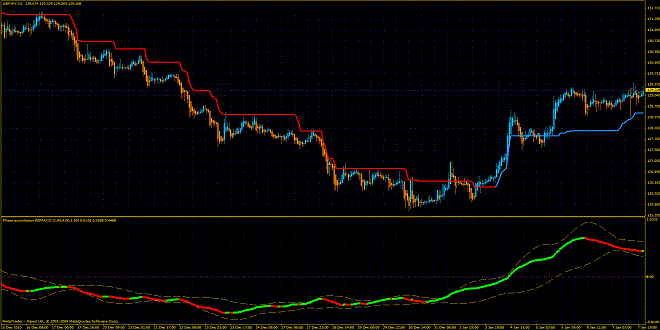Fashion – Setup, Trigger, and Follow-throughThe Basics

Introduction
The market structure presented in Lesson 1 will be explained in greater detail in this lesson. Specific examples of setup, trigger, and follow-through (S, T, and F, respectively) will be given. In reading the material in this lesson, do not forget that the most important part of any trade is the structure. If you stray from the structure, you decrease your odds of success, increase your odds of making a mistake, and increase your odds of an emotional response. None of these are acceptable and they are inconsistent with profitable trading.
Common setups
Many traders confuse setups with triggers. A setup is an indication that a given market is developing a pattern that could or should lead to action. While there are many patterns in the markets, there is only a handful that is reliable. The sad fact is that most traders follow patterns that are not reliable. Ask yourself the following questions about the methods you are currently using:
How often has the pattern or method you are using been correct?
Is the pattern completely objective and specific, or does it require you to make a judgment call?
If your answer to any one of these is no, then I respectfully submit that you are either losing money with the pattern, or if you are making money with it your luck will not last. The performance statistics of some commonly used trading tools might interest and disappoint you.
Look closely at the results and don’t let yourself get fooled by the 75.9 percent winning trades. As you can see, the average trade made $67 after deducting $25 for slippage and commission. Note also that this method would have resulted in over $91,000 in drawdown, enough to wipe out most traders’ accounts. At best this is a marginal system. This record represented only the buy reversals.
Buy Reversal
The buy-reversal pattern can be expressed as the low of day 2 is lower than the low of day 1; the close of day 2 is higher than the close of day 1 and the close of day 3 is lower than the low of day 2, then buy on the close of day 3 and take profit on first profitable opening. the pattern is counterintuitive. In other words, it is not what you would expect to see as a buy signal. It “looks like” it should be a sell rather than a buy. One of the key things I want to impress upon you is that you must think differently than most traders.
Sell Reversal
As you can see, the sell pattern has been correct nearly 90 percent of the time—but it fails to make money. Is that a problem? No! If the buying pattern works we will use it. Because the sell pattern does not work, we avoid it. It is all about knowing what works by adding a trigger and followthrough to a basic setup. In other words, it is about knowing what works before you put money into it.
Last word
Now let’s change the exit method and the stop-loss to exit on the third profitable CLOSE with a $4900 stop-loss. Note that these examples are not recommended as trading strategies. They are merely included as illustrations. As you can see, follow-through (also know as exit strategy) can make a major difference.
Revamping your menu is crucial to meeting the ever-changing demands of your customers. By updating your offerings, you can cater to new dietary preferences and emerging food trends. Keeping up with the latest dining preferences is essential to staying competitive in the restaurant industry. By adapting your menu, you can attract new customers and retain existing ones, ultimately boosting your business’s success. Whether it’s incorporating plant-based options or highlighting locally sourced ingredients, being attentive to dining trends can enhance your restaurant’s appeal.





